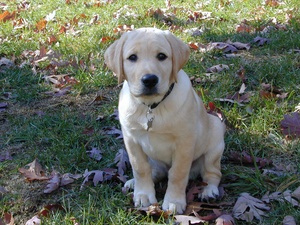As of January 2021, Paw Print Genetics (PPG) is proud to offer 44 new inherited disease tests for the canine health and breeding community. While these new tests are associated with diseases identified in dozens of breeds, the population size of each breed and the relative frequency of these mutations in those populations mean that some of these diseases are much more likely to be seen in clinical veterinary practice than others. Here we will highlight five diseases from the recent PPG test additions that are among those most likely to be diagnosed in the veterinary hospital setting.
Cerebellar Degeneration- Old English Sheepdog and Gordon Setter1
A genetic mutation in the canine RAB24 gene is associated with a juvenile-onset, autosomal recessive form of cerebellar degeneration (CD) in two seemingly disparate breeds, the Old English Sheepdog (OES) and Gordon Setter (GS). Also referred to as hereditary ataxia or cerebellar abiotrophy (CA), CD presents between 6 months and 4 years of age with progressive neurological dysfunction due to degeneration of cerebellar neurons, especially Purkinje neurons. Coordinated movement becomes progressively more difficult as the disease progresses and can include intention tremors, ataxia, and a stiff, high-stepping gait (hypermetria). Affected dogs are often ...



